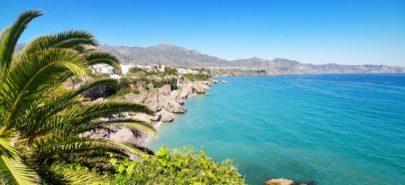You’ll be happy to know there are various places to do birdwatching in Malaga province, especially if you’re a lover of this activity.
Striking Andalucia is one of raptor and migratory birds’ favourite spot to live in Europe.
You may be surprised to know that Andalucia welcomes some of the most significant colonies of endangered raptor species and thousands of migratory birds that each year migrate from Europe to reach the African continent and the other way round.
Among them, you can find the endangered black vulture, whose Andalusian population is the world’s biggest, and the imperial eagle, which you can see especially in the Sierra Morena of Seville and in the National Park of Doñana.
In this post, we are focusing on the province of Malaga, to let you know about the perfect spots where you can enjoy birdwatching.
REGION OF ANTEQUERA
Laguna de Fuente de Piedra (Antequera)
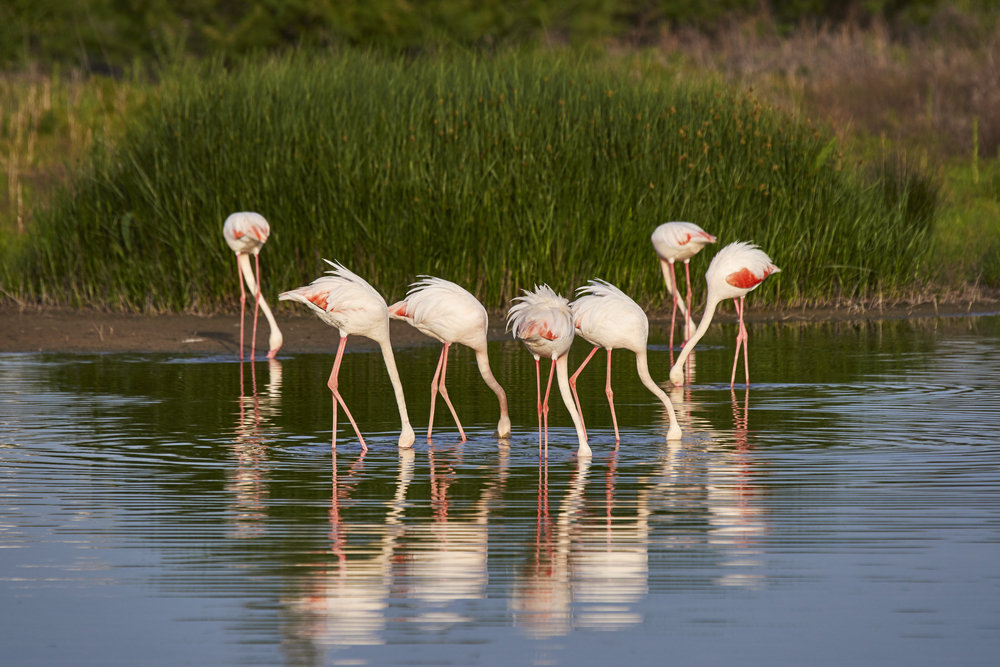
Andalucia’s biggest lagoon owes its name to the town where it’s located. It welcomes Europe’s second biggest colony of pink flamingos, and it is these birds’ favourite nesting site in Spain. In spring and summer, specifically from March to July, you will have the chance to spot more the mesmerising flamingos and more than 170 other bird species as they nest by the salt waters of the Lagoon.
The Lagoon of Fuente de Piedra houses the José Antonio Valverde Visitors Centre, located on the small hilltop of Cerro del Palo. Here, you can rent binoculars and multi-idiom audio guide. You can see its opening hours here.
How to get to the Laguna Fuente de Piedra
The Lagoon of Fuente de Piedra lies 3 km west of the town of Fuente de Piedra. You can reach the lagoon by car from Malaga, by taking the highway A-45 and then the highway A-92 towards Seville. Take the exit n. 132 and drive along the MA-454.
The ALSA bus company provides roundtrips between Malaga and Fuente de Piedra at the cost of €15 per round trip. It takes roughly 1 hour and a half to get to the destination.
The closest train station is that of Antequera-Santa Ana, located 10 km from the lagoon.
Natural Reservoir Lagoon of La Ratosa and La Castañuela
The same endorheic system as in the Laguna de Fuente de Piedra, this basin dries entirely in summer. The salty lagoon of La Ratosa is one of the biggest in Malaga province, whereas the lagoon of La Castañuela has been highly manipulated by mankind.
El Torcal (Antequera)
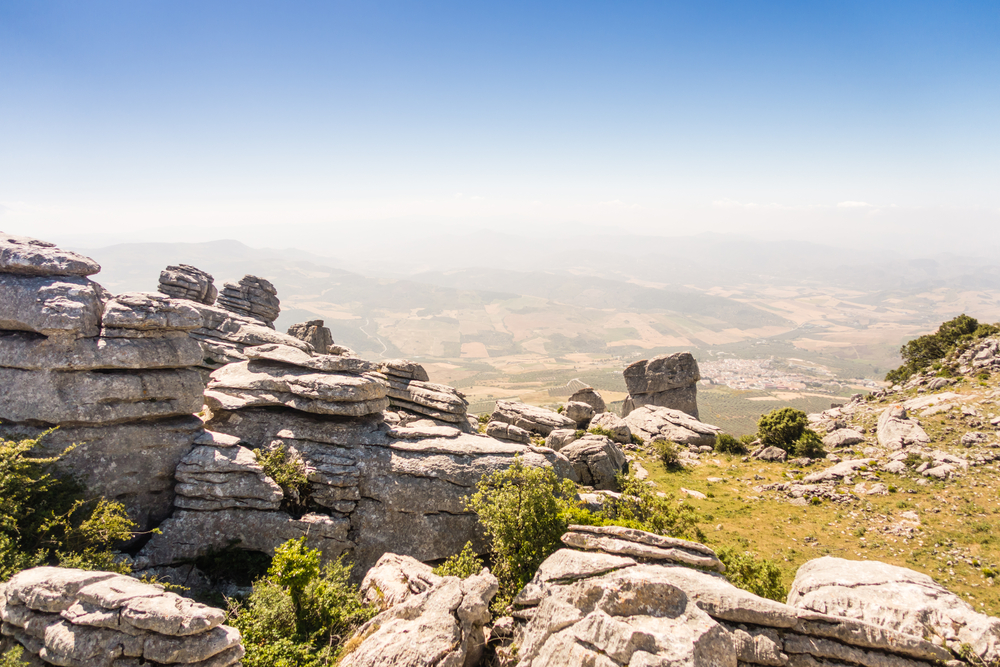
This 150-million-year-old karstic formation lies 16 km from Antequera, and it is a mesmerising area to go birdwatching. If you’re lucky enough, you can spot some specimens of one of the few vulture species in Europe, the griffon vulture. Read more about the Torcal de Antequera and the gorgeous Dolmens here.
REGION OF AXARQUÍA
Cliffs of Maro – Cerro Gordo
The impressive cliffs between Nerja and the province of Granada look down to some of the best beaches in Nerja and Maro. The views are one of a kind, but you’d better stay focused if you’ve come to birdwatch. Unsurprisingly, here you will mainly spot the yellow-legged gull, the Audoin’s gull with a short red bill, and the great cormorant
Mouth of river Velez
The town of Torre del Mar’s paseo marítimo leads to the river Velez’s estuary. There, thanks to the low volume of water, lots of bird species choose to rest here. Among them, the little bittern, the Eurasian reed warbler, and the small whinchat.
Source of River Guadalmedina
As you move towards the source of River Guadalmedina from the town of Casabermeja, you can climb up to the 1500-mt-high Cerro de la Cruz. Enjoy the views of the province of Malaga and spot the woodlark, the alpine accentor and the redwing among others.
COSTA DEL SOL
Natural Reserve of the Mouth of river Guadalhorce
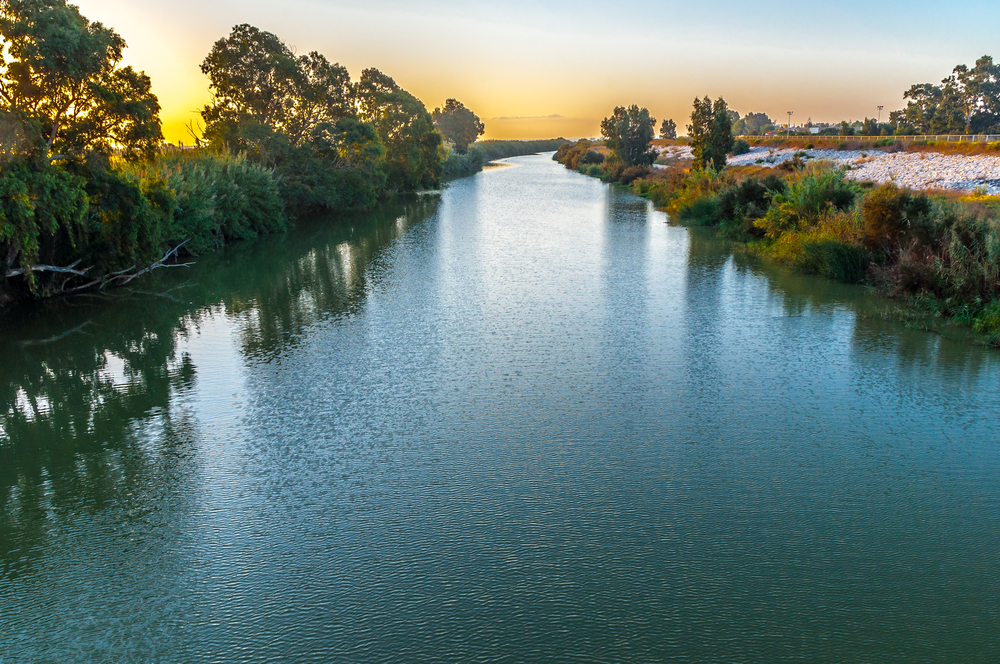
Malaga province’s most important river meets the Mediterranean Sea close to the capital city of the Costa del Sol. This protected area’s bird population increases during the migratory periods, since its location between two continents ensures the perfect spot to rest for migratory birds. The mouth of river Guadalhorce regularly welcomes more than 240 bird species, among which the endangered white-headed duck.
Punta de Calaburras
Between the highway and the sea in the area of Mijas, there lies this narrow rocky strip where you can spot the Balearic shearwater and the whimbrel.
Natural Landscape Sierra Crestellina
Malaga province’s biggest griffon vulture colony is to be found flying around the steep mountains of Sierra Crestellina, near Casares. Here, you can also spot the Bonelli’s eagle and the peregrine falcon.
Reservoir of Las Medranas
The city of Marbella welcomes a human-made reservoir that has converted into one of the main places for aquatic birds’ nesting. The great cormorant, the purple heron and the grey heron are residents of this area.
GUADALTEBA REGION
Sweet Lagoon
Malaga’s second-biggest lagoon (after Fuente de Piedra) relies on various viewpoints where birdwatching will be a child’s play. It is located in Campillos, along the road that takes to Antequera. The most interesting bird species are the flamingos, for sure, and the black-winged stilt.
Viewpoint Sierra de Peñarrubia
9 km south of Campillos, you will find a breathtaking viewpoint where you can spot the griffon vulture, the Bonelli’s eagle, the Sardinian warbler, and the blue rock thrush.
Sierra del Padrastro
The 1000-mt-high steep mountains of the Sierra del Padrastro are located at the door of the province of Cadiz. The Eurasian crag martin, the small rock bunting and the griffon vulture are just some of the bird species you can search the sky for.
Viewpoint of Gaitanejos
The viewpoint of Gaitanejos is located near the reservoir of the Guadalhorce and 10 km north of the Caminito del Rey, in the area known as Los Tres Embalses (The Three Reservoirs). Once you get here, you will be offered the chance to spot the majestic golden eagle.
SERRANÍA DE RONDA
Tajo of Ronda
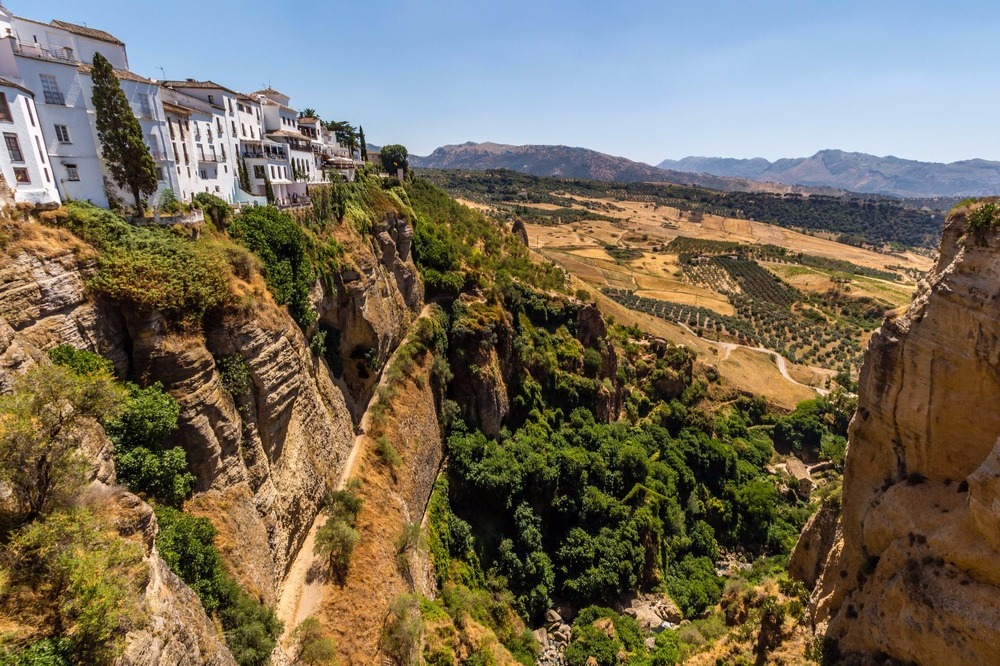
The Tajo of Ronda speaks for itself. Apart from everything you already know about this spectacular bridge in Ronda (click here if you want to refresh your memory), this is a great spot to do birdwatching, too. The Eurasian crag martin, the lesser kestrel, the peregrine falcon, and the pallid swift are all bird species you can hope to spot here.
Llanos de Líbar
Located in the Natural Park of Sierra de Grazalema, you can’t access it by car in summer. You can look for the booted eagle and the African stonechat here.
Ornithological observatory of vultures
The birdwatching of vultures is made possible by the closeness of the observatory to the place where these scavenger birds are fed.
Cueva del Gato
This cave lies within the Natural Park of Grazalema and is easily reachable by car. The river Graduares is born here, whose waters come out like waterfalls. You will have the chance to spot the Alpine swift and the common nightingale.
SIERRA DE LAS NIEVES
Viewpoint Tajo de la Caína
The viewpoint of Tajo de la Caína is located in the Sierra de las Nieves, at the end of a 4 km-long footpath. It is not accessible by car in summer, and throughout the year you can spot various bird species, such as the short-toed snake eagle and the common cuckoo.
Cañada del Cuerno
Another area of the Natural Park Sierra de las Nieves, this path leads up to the highest mountain in Malaga, the Torrecilla peak. Small birds such as the common firecrest and the European crested tit are easily recognisable among the Spanish firs and Gall oaks.
Source of River Jorox
Various bird species live in the cultivated fields around the source of the river Jorox. Among them, the white wagtail, the Eurasian jay and the Eurasian hoopoe are the most spread bird species.
SIERRA NORTE
Sierra de Camarolos and Lagoon of Hondonero
This route starts from Villanueva del Rosario and leads to the lagoon of Hondonero, where you can spot the golden eagle and the rock bunting, as well as the famous European robin.
Lagoons of Archidona
Despite being located in a private area, you can access to the perimeter area of these two salty lagoons. The biggest one is filled with water throughout the year, while the smallest’s volume of water depends on the seasons. You can see the Kentish plover and the black-necked grebe among other aquatic bird species.
Sierra de Arcas
This area is surrounded by nothing but olive yards and cultivated fields, and it is located in the southern area of the town of Villanueva de Algaidas, north of Antequera. In the lush vegetation typical of the Mediterranean forests and the scrublands, you will spot the little bustard and the predatory Montagu’s harrier.
River Genil valley and Iznajar Reservoir
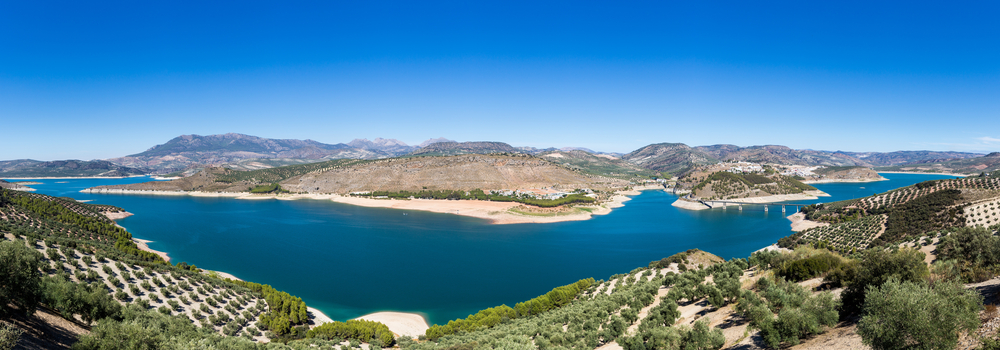
Leaving the town of Cuevas de San Marcos and reaching the Iznajar Reservoir, you will also come across the staggering Falla del Camorro, a Natural Monument whose highest peak is 900 metres high (Cuevas Altas). This peculiar landscape also welcomes various caves, such as the 200 mt-long Cueva de Belda, in whose interior are three lakes. While wandering from river Genil to Iznajar, make sure your eyes are trained to spot the varied flying fauna of the area. Among them, the great cormorant, the peregrine falcon, the mallards, and the small rock sparrow.
GUADALHORCE VALLEY
Desfiladero de los Gaitanes (El Chorro)
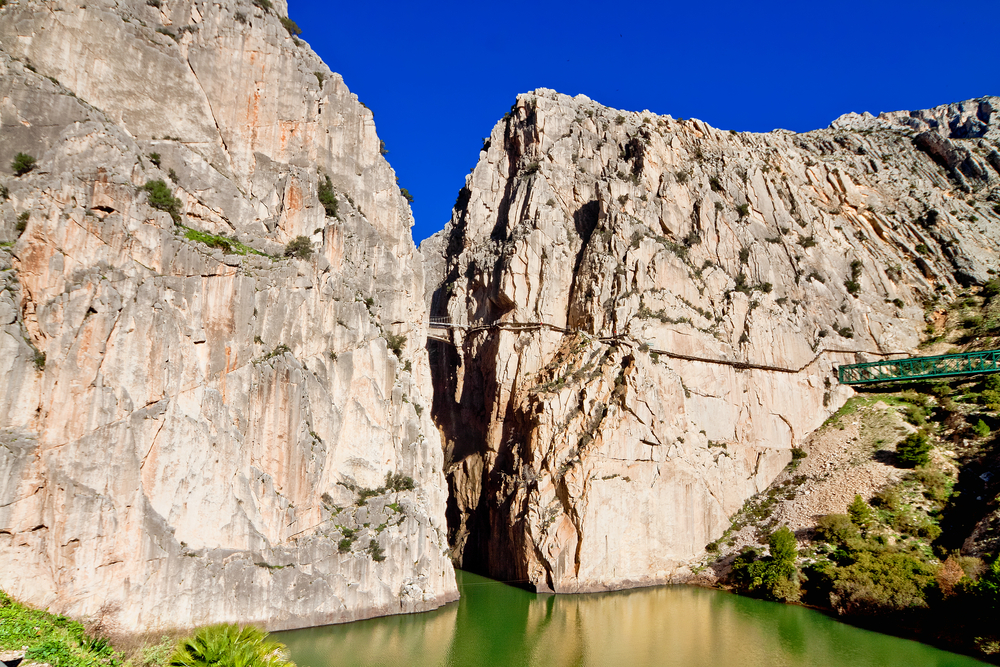
If you long for spotting an eagle, you should visit the gorgeous Caminito del Rey, also known as Desfiladero de los Gaitanes, near El Chorro. As you walk through a pine forest, you will reach the top of the mountains. There, remember to look up in the sky, for you may recognise Bonelli’s eagles.
River Grande
The Río Grande meanders close to the Sierra de las Nieves natural park, and its small water flow allows birdwatching to be extremely effective. You will spot various birds, such as the black-crowned night heron, the little ringed plover, the kingfisher and various species of bee-eaters. To access the birdwatching area, leave the car parked at the gas station located at km. 47of the A-357 highway.
Sierra de Matagallar
Despite being relatively short, this 3.1 km-long footpath leads you from the town of Coin to a viewpoint in the Arroyo Alaminos Valley. The wildlife you can hope to spot here comprises wild goats, the Dartford warbler, the blue rock thrush and the short-toed snake eagle.
Molino de los Corchos
This 16th-century flour mill lies near the source of river Fahala, in the town of Alhaurín el Grande. As a curiosity, it owes its name to the powdered cork used to isolate the soon-to-be-exported grape. The surrounding area of the mill and the river welcomes specimens of purple heron, squacco heron, and the Eurasian golden oriole.
Information courtesy of Birding Malaga – Visita Costa del Sol
Places to stay in Malaga
After you discovered everything you’ve ever wanted to know about birdwatching in Malaga, we provide you with a selection of the best holiday rentals in Malaga province. You will discover that many of them lie close to the birdwatching sites we mentioned in this article, so that you may even spot the birds while sunbathing near the pool.
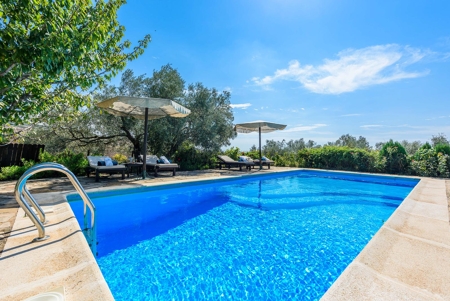


Birdwatching in Malaga is one of the most engaging activities you will do. And now that you know the best places in the province, nothing can stop you!


 (3)
(3)
